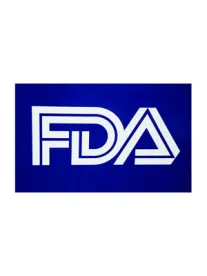PFAS limits in bottled water is a subject that has recently seen increased public scrutiny and pressure for federal agencies to act – specifically, the Food and Drug Administration (FDA). However, a December 2019 letter from the FDA to the International Bottled Water Association (IBWA) shows that the FDA declined to set limits for PFAS in bottled water. Follow up email correspondence to Consumer Reports in October 2020 confirms that this remains the FDA’s position.
Aside from public outcry over PFAS in bottled water and tap water, the IBWA, which is an industry group that represents water bottlers, asked the FDA to set PFAS limits in bottled water last year. While the move may seem, on its face, surprising, it is likely due to the IBWA’s desire (and the companies that they represent) for clarity and finality on the subject, so that appropriate business planning and compliance steps can be taken. While industry could wait for the EPA to set drinking water limits for PFAS, the uncertainty regarding the EPA’s true timeline for PFAs standards is leading certain industry representative groups to increase pressure on other federal agencies to set limits that companies can operate off of.
The FDA rejected the IBWA’s request to set PFAS limits in bottled water by pointing to data from 2016 in which the FDA tested 30 carbonated and non-carbonated bottled water brands for the PFOA and PFOS compounds. None of the 30 samples had detectable levels of PFAS. However, critics of the testing point to the fact that the FDA’s testing methods had a detection limit of 4 parts per trillion, which some say is not adequate. Instead, they urge the FDA to use testing that has detection limits as low as 1 part per trillion, as advocates allege that such a detection limit would be more in line with limits that safeguard human health. Using this more stringent methodology, one group (Consumer Reports) recently tested for PFAS in bottled water and found PFAS above 1 parts per trillion in 43 of the 47 samples of bottle water tested.
While the IBWA does not believe that testing methodology sensitive to 1 parts per trillion actually does safeguard human health given that there is still considerable debate in the scientific community as to what level of PFAS in drinking water is acceptable, it does advocate for the FDA to set PFAS limits for drinking water at 5 parts per trillion for a single PFAS component and 10 parts per trillion for more than one PFAS compound.
Regardless of the debate concerning the testing limit methodology, the FDA’s position remains that it “continues to believe that establishing a standard of quality for PFAS in bottled water at this time would not significantly enhance the FDA’s mission of public health protection.” It appears that, for now, the FDA does not intend to set PFAS limits for bottled water that may at some point in the near future become moot and need to be revised should the EPA set its own PFAS drinking water standard.




 />i
/>i

